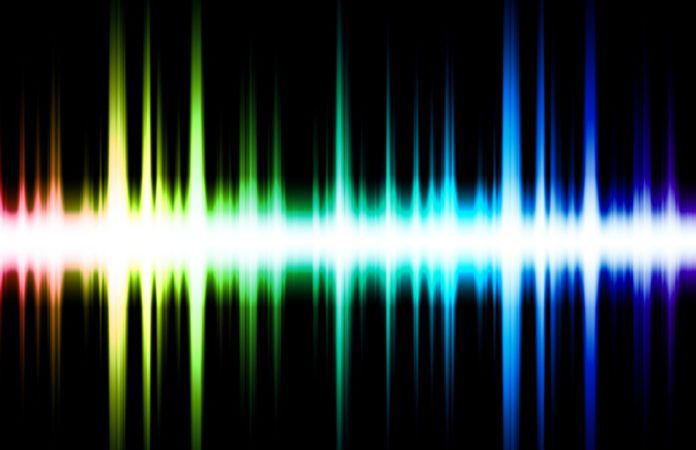In mid-2016, the Federal Communications Commission’s Technical Advisory Committee asked for public comment on whether it should study “changes to the spectrum noise floor over the past 20 years.” The number and type of devices which produce radio frequency energy has radically changed in the past two decades, but by and large, the available data on the overall RF environment, trends and impact of so many more RF emitting devices has not kept pace with the rate of change.
RF noise impacts network performance, but as one commenter noted, “the user has no way of knowing the dropped call is interference and will usually attribute it to weak signal.” Here are some of the basics about RF noise and why the FCC is considering a study on the state of the noise floor.
What is noise?
According to the FCC, “noise in this context [is] unwanted radio frequency energy from man-made sources.”
What are general sources of RF noise?
“Radio spectrum noise is generated by many different types of devices,” the FCC said in its request for comments on whether it should study RF noise. Incidental radiators are “devices that are not designed to generate … RF energy but do so as a result of their operation.” Some incidental radiators include power lines, electric motors, light dimmers and utility transformers.
The FCC considers unintentional radiators to be “devices that are designed to generate RF energy for internal use, or send RF signals by conduction to associated equipment via connected wiring, but are not intended to emit RF energy.” Computers, high-efficiency LED lights and portable electronic devices fall into this category.
The third category of RF emitters – which can also generate noise – are the Industrial, Scientific and Medical (ISM) radiators that are intended to produce RF energy but also “contribute to the noise floor with emissions outside of their assigned frequencies.” This includes wireless devices (both in licensed and unlicensed frequencies, from cellular and Wi-Fi to Bluetooth and other technologies), broadcast television and radio, radar, microwave ovens, arc welders and fluorescent lighting, according to the FCC.
What are some specific sources of RF noise that impact cellular services?
In comments responding to the FCC inquiry, Verizon and AT&T both identified a number of common noise sources.
According to Verizon, “Some of the major sources identified in recent years are: fluorescent lighting ballasts, cable TV system leakage, LED billboards, various Wi-Fi products, indoor TV antennas, baby monitors, FM broadcast transmitters, security cameras, legacy bidirectional amplifiers, and wireless microphones.” The carrier went on to add that another common source is unintentional radiators like computers and TV equipment at data centers which are controlled by microprocessors that work with an internal clock signal that uses a repetition frequency” – and the signals and their harmonics “can leak from these devices and emit noise.”
AT&T said that it sees impact both on its wireless service and in its U-Verse wireline network. In terms of its wireless service, AT&T identified “noise from power supplies” and “in particular, lighting systems, including [compact fluorescent lighting] ballasts and LEDs, such as those used in sports scoreboards, billboards, and other large scale video displays, can wreak havoc with uplink signals to nearby cell sites operating in the lower 700 MHz and 850 MHz cellular services.”
What other wireless technologies are vulnerable to the impacts of increased RF noise?
Satellite-based positioning systems such as Global Positioning System (GPS) and Global Navigation Satellite Systems (GNSS) were identified in comments as particularly vulnerable due to the weak signal levels at which they operate. “Even minor increases in the noise floor impede the ability of GNSS receivers to extract signals from the noise, thereby degrading performance,” noted the GPS Innovation Alliance in its comment.
Public safety communications systems are also vulnerable. The National Public Safety Telecommunications Council (NPSTC) commented that “Historically, public safety communication system design has relied on a relatively low noise floor as sufficient sites to counteract a high noise floor are not affordable for many jurisdictions and may not even be possible in some areas because of environmental regulations and [aesthetic] concerns.”
NPSTC conducted an online survey in 2015 asking public safety agencies about their experiences with noise. Of 76 respondents, 21 agencies identified interference issues in UHF or VHF bands, typically from LED lighting. For instance, NPSTC noted, Oregon’s state Department of Transportation “reported a loss of coverage when its VHF radios were within 50 to 75 feet of LED traffic lights.”
Join RCR Wireless News for our upcoming webinar on monitoring, testing and analyzing spectrum on August 16th at 2 p.m. ET. A special report on the topic will be available for download that day.

